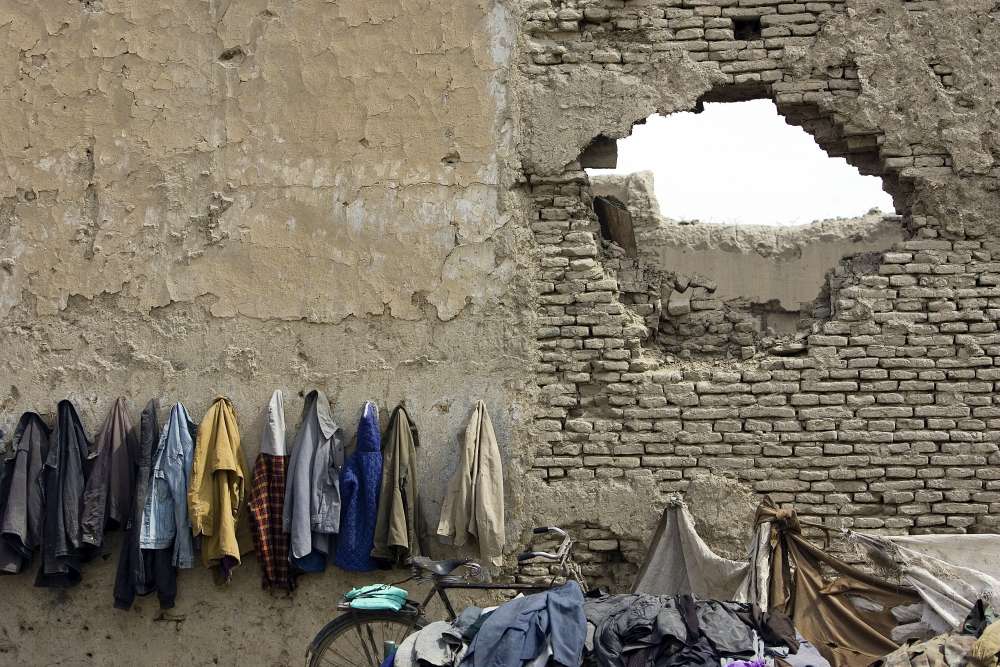#Refugeecrisis: Who’s Talking, and About What?

Mercator Foundation
Why Map Civil Society Actors in EU Refugee Policy?
After a decade of relatively steady numbers of asylum applications, there was a significant increase in people seeking asylum in the European Union in 2015. Since then, media outlets and civil society actors have described the situation unfolding across Europe in a number of different ways, depending on the perspective and political analysis at work: “refugee crisis,” “migrant crisis,” “migrant smuggling crisis,” “protection crisis” and “solidarity crisis,” to name a few.
Whatever the most appropriate term may be, all actors certainly agree that the current humanitarian and political situation is not normal, requires action and adds yet another hurdle to EU political unity. Due to a shared sense of urgency and to the political attention focused on the “refugee crisis,” there has been a significant growth in commentary and debate, making it increasingly difficult to keep track of not only major policy events, but also the venues in which EU refugee policy is being debated and the civil society actors engaged in refugee policy. But tracking the players in ongoing policy debates can shed light on the substantive fault lines of these discussions. Who is talking, and about what? Do stakeholders talk to each other? Do they identify intersections between different country and disciplinary perspectives? What are the networks in which civil society actors are organized? Do these networks help civil society actors to have their voices heard by policymakers?
This essay seeks to answer these questions by mapping civil society actors – advocacy and humanitarian NGOs, think tanks, foundations, universities – engaged in EU refugee policy. We seek to identify the actors and to analyze who they are and what they are focusing on. We discuss actors, topics, coalitions and networks, and venues of debate on EU refugee policy. Therefore, we rely on desk research and expert consultations. Our mapping is not equivalent to a geographic map. It does not serve as an exhaustive actor list or a ranking. Rather, it is a European map of large scale: while many details are lost, what becomes visible are the shades of a bigger picture, regarding the nature of the debate, the actors involved and the resulting challenges.
What Are the Main Takeaways?
- Refugee policy as a mainstream concern: For a long time, migration and asylum law and policy had been fields for a relatively small group of immigration lawyers, NGO activists and academics. Now, these fields have become a mainstream concern of foreign and EU policy.
- Lack of coalitions and consortia: There is a lack of coalitions and consortia between different civil society actors as well as between civil society organizations of the same type (e.g., think tanks). There is also a divide between policy actors and the “operational” civil society organizations that are active in on-the-ground assistance to migrants. There is a lack of formats producing common policy positions or recommendations, particularly on a European scale.
- Short-term focus: Given the speed of political and legal developments at both the domestic and EU level, as well as insufficient resources to cover such increasingly vast ground, there has been a focus on short-term commentary and analysis, to the exclusion of longer-term research and of formats that encourage foresight and out-of-the-box thinking.
- Opportunities created by actor plurality: Actor plurality can complement highly specialized perspectives on the EU asylum system with new insights and help overcome a legalistic bias that is not always conducive to innovative thinking. On a more practical level, actor plurality offers new opportunities for forging networks and building coalitions that bundle resources and enable a broader dissemination of policy recommendations across different networks. Given the existence of thematic and geographic “bubbles,” wider networks have a clear advantage when it comes to “selling” a credible, common and coordinated position of civil society actors.
- Challenges of actor plurality and new networks: Varying degrees of institutional prioritization of maintaining independence, competition between similar actors, insufficient resources and differences in language can hamper the willingness and ability to form coalitions and networks, despite the multiple opportunities for doing so.
…
The full study is available for download.
This paper is part of a project assessing civil society networks and alliances that work on European Union refugee policy, conducted by GPPi with generous support from the Mercator Foundation.








